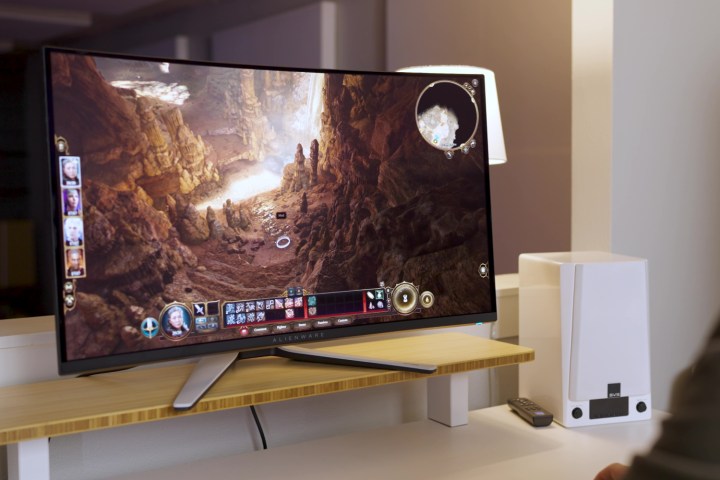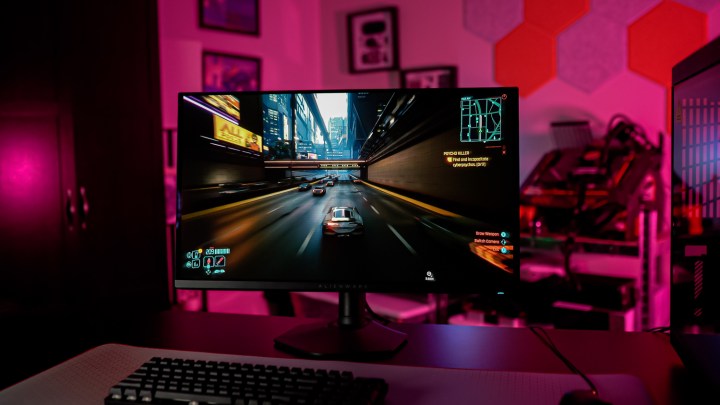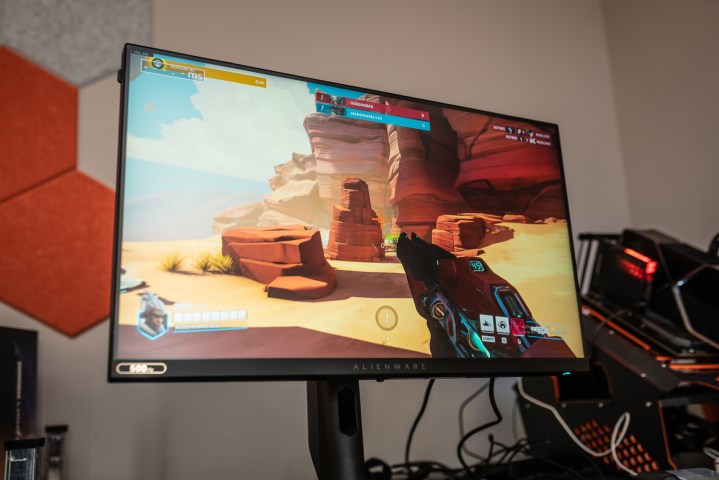
Input lag and response time, while both impacting the quality of your gaming experience, are distinct metrics. Understanding their differences and optimal thresholds is crucial for a satisfying gaming setup.
What is input lag?

Input lag refers to the time delay between a user’s action and its display on the screen. This delay includes various stages of signal processing and rendering, culminating in the visual output on the display.
While input lag introduced by the display itself is a crucial factor, it is not the sole contributor to the overall input lag experienced by users.
It is important to distinguish display-related input lag from other forms of lag, such as network lag, which can impact online gameplay but are not considered in the context of display specifications.

What is response time?
Response time in the context of display technologies refers to the time taken for a pixel to transition from one color or tone to another. It directly affects the display’s ability to keep up with fast-moving on-screen elements, with faster response times preventing visual artifacts such as ghosting. Displaying rapidly changing visuals with precision and clarity requires a low response time, ideally below 5ms for optimal performance in gaming.
Is input lag or response time more important for gaming?
Both input lag and response time are critical for a satisfying gaming experience. Low input lag ensures responsiveness, while minimal response time prevents visual artifacts, contributing to a smooth and immersive gaming environment. For competitive gaming, high refresh rates can significantly reduce input lag, resulting in faster reaction times and improved performance.
What are the best gaming monitors for input lag?
Gaming monitors with high refresh rates and low input lag, such as the latest Alienware QD-OLED displays, offer outstanding performance for gaming enthusiasts. Ensuring low input lag and response time is essential for maximizing the gaming experience.
Editors’ Recommendations


